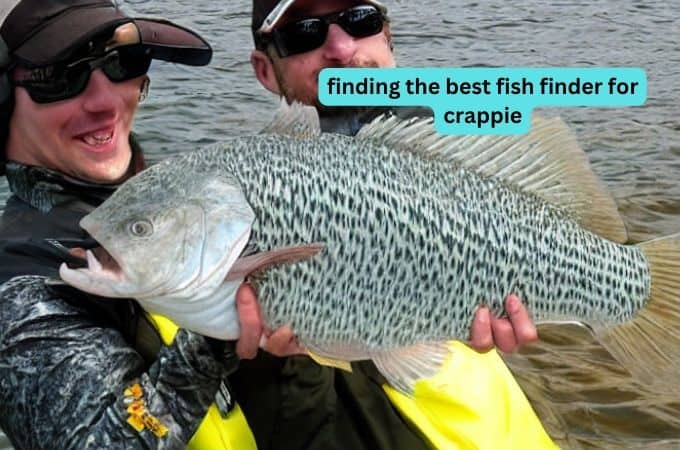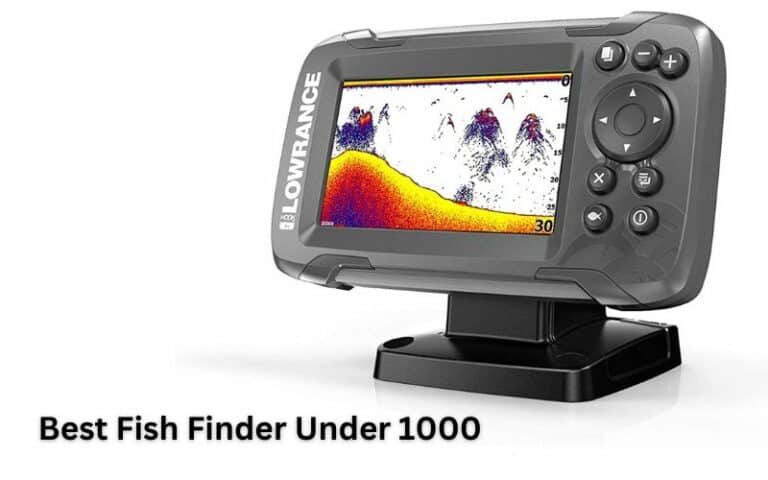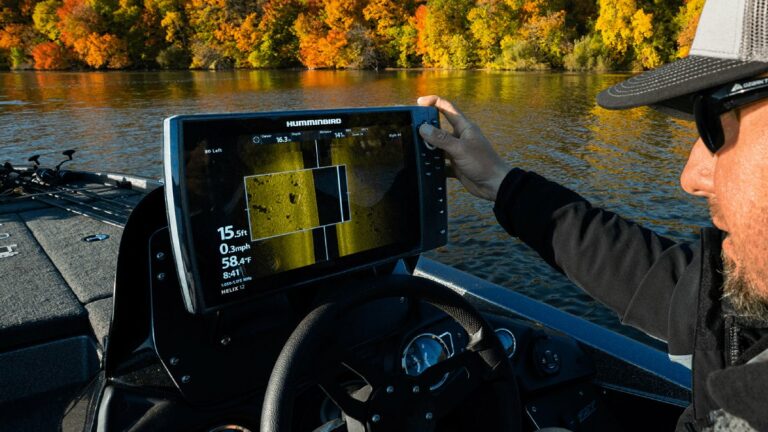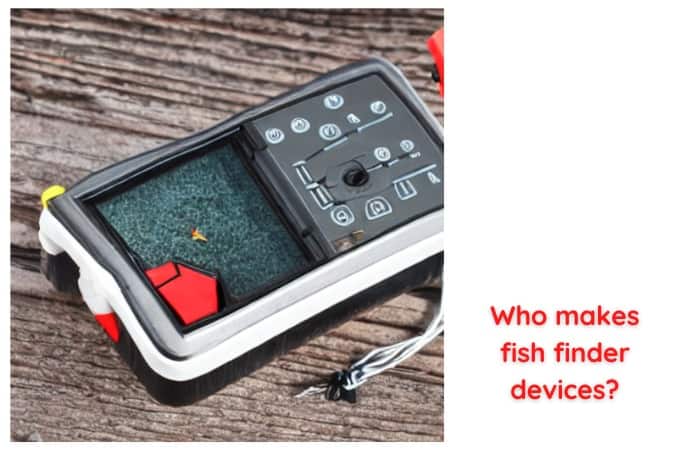Does fish finder work for ice fishing?
Fish finder work for ice fishing is a popular sport in many parts of the world, and fish finders are an essential tool for those trying to get the most out of their experience. In this article, we will discuss some of the benefits of using fish finders for ice fishing, as well as some tips on how to get the most out of your purchase.
Using a Fish Finder for Ice Fishing
Ice fishing is a popular sport all over the world, but one of the major challenges for anglers is knowing where to drill their holes in order to get the best catches. That’s where fish finders come in. By using sonar technology, fish finders can detect the location and size of fish underneath the ice and help anglers determine where they should place their lines. Let’s take a look at how these tools work and how they can help improve your success rate when ice fishing.
What is a Fish Finder?
A fish finder is a device that uses sonar technology to locate fish underwater or under the ice. The device sends out sound waves that bounce off objects in the water, such as rocks, logs, and even schools of fish. The sound waves are then reflected back up to the surface, where they can be detected by the receiver on the device. The receiver then interprets these signals and displays them on a display unit as an image that indicates depth, structure, bottom contours, and other features of interest like schools of fish or submerged objects.
How Does It Work For Ice Fishing?
When it comes to ice fishing, many anglers use their fishfinder to detect schools of active fish that are swimming beneath the frozen surface of lakes and rivers. This can be incredibly helpful for finding areas with higher numbers of gamefish like walleye or bass.
Additionally, it can also help you avoid drilling holes in areas with fewer concentrations of fish which will save you time and energy when out on the ice. Once you’ve located an area with good numbers of active gamefish beneath it; you can drill your holes directly above those spots for increased chances at hooking up some nice catches!
Another benefit of using a fishfinder while out on the ice is being able to locate sunken objects such as logs or stumps which could provide great cover for gamefish looking for places to hide from predators or rest during cold winter months when food sources may be scarce. Knowing exactly where these structures are located before you start drilling can also help you avoid snagging your line in them which would otherwise require additional time spent untangling it!
the best way to find fish in ice fishing:
the best way to find fish in ice fishing is to look for bubbles on the surface of the ice. This is a good indication that there is a fish underneath and can help you determine where to drill your hole. Another way to find fish is by using a sonar device, which will show you the location of fish beneath the ice. Finally, you can also use a jigging spoon or jigging Rapala to attract fish to your hole.
Ice fishing is a great way to enjoy the outdoors in cold weather. However, there are some mistakes that people can make when ice fishing that can be dangerous and lead to an unpleasant experience. Here are some of the most common mistakes people make when ice fishing:
Some Common Mistakes People Make When Ice Fishing
1. Not Checking Ice Thickness – Ice thickness should always be checked before venturing out on the ice. Most state regulations require a minimum of four inches of clear, solid ice before it is considered safe for fishing.
2. Not Wearing Appropriate Clothing – Wearing layers of clothing that trap air can help keep you warm and dry on the ice, but be sure to also wear proper footwear such as insulated boots that are designed to provide traction on the ice.
3. Not Securing Gear – Make sure to secure all your gear and supplies with ropes or straps so they don’t blow away in the wind or get separated from you if the ice gives way.
4. Not Knowing Your Target Fish – Knowing what type of fish you are looking to catch can help ensure that you have the right bait and lures, as well as the proper equipment for success.
5. Fishing Too Close To Shore – Avoid fishing too close to shore, as the ice may be thin or weak near shorelines and can easily give way.
6. Not Paying Attention To Weather Conditions – It is important to pay attention to weather conditions before heading out on the ice and during your time fishing, as sudden weather changes can make the ice unsafe.
7. Not Knowing Local Regulations – Make sure to know the local regulations and obtain any necessary permits before fishing.
8. Not Being Prepared For Emergencies – Always be prepared in case of an emergency by bringing a cell phone, map of the area, first-aid kit, whistle, and rope that can be used to help pull yourself or someone else
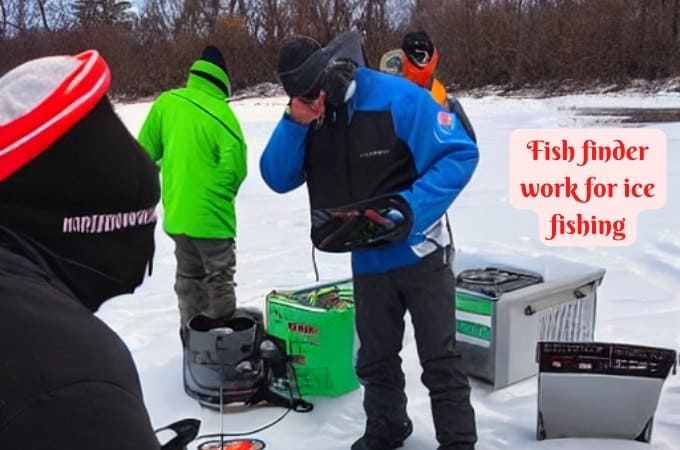
Conclusion:
Using a fish finder while out on an ice fishing expedition can be immensely beneficial if used correctly. Not only will you have greater success locating active schools of gamefish; but you’ll also be able to identify potential hazards such as sunken debris before drilling your holes! If you’re serious about improving your success rate while out on the ice this winter season; invest in a high-quality fishfinder today! You won’t regret it!
